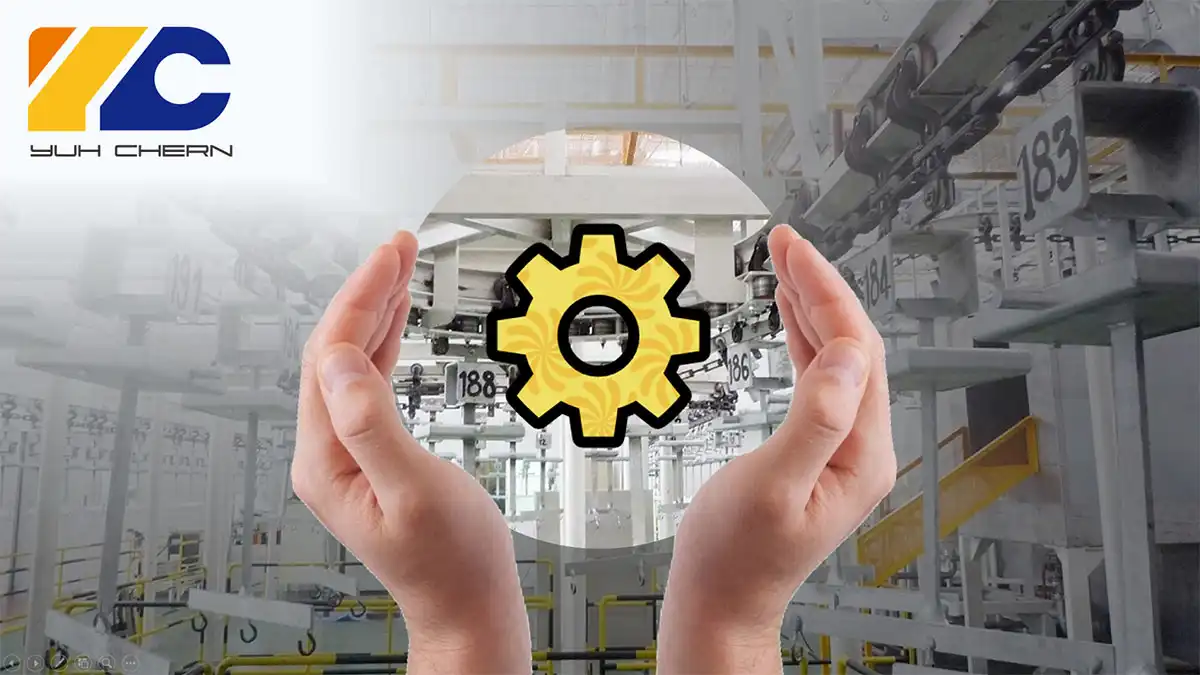WORLDWIDE

NEWS
Home > NEWS > Product Development
PROLONGING the lifespan of your conveyor chain
2022/7/13
PROLONGING the lifespan of your conveyor chain:
The proper maintenance of the conveyor chain will ensure the assembly line conveyors in your factories and warehouses keep providing the best efficiency and safety for the long haul.The lifespan of a conveyor chain is affected by several factors, including:
- The weight carried by the conveyor
- The environment in which the chain runs (improper temperature or humidity may shorten the life of a conveyor chain.)
- Maintenance and care
Regular maintenance and care is best way to extend the life of their conveyor chain, precisely comply the schedule of inspection and repair can greatly extend the life of assembly conveyor systems.
Over time, wear can cause an elongation to the chain. Based on the past experience, we would suggest to replace the chains when they reach 1.5 to 2 percent elongation. Chains running at 3 percent elongation creates the risk of damaging sprockets or causing severe malfunctions.
Regular lubrication and maintenance can greatly reduce wear and gain years of life from the conveyor systems.
LUBRICATION IS necessary
Lubrication creates a slippery film on the chain which minimizes the effect of metal contact that occurs when the conveyor system is running with less friction and wear. Lubrication is also helpful to chains and components to resist corrosion by isolating the moisture. Lubrication can also reduce the noise created when conveyor systems are operated.Besides applying the lubricant over chain plates, the lubricant must be applied between inner and outer plates above the pitch point. It must also be applied between inner plates and rollers for chain systems fitted with rollers. This will ensure that the lubricant gets to the bearing surfaces and protects them from friction and wear.
Most conveyor chains are pre-lubricated when sold, providing them with protection before use. In some extreme environments, it is not possible to lubricate chains, as lubricant may cause fire or explosion risk. In these conditions, the regular and thorough cleaning of the chain helps prolong its durability.
Maintenance SCHEDULE
Every Day:- Clean the dirt that may have accumulated in the chain.
- Inspect for signs of wear or elongation.
- Check drivetrain tensioners
- Lubricate drive sprockets as necessary.
- Inspect and clean the chain to remove debris and dirt.
- Inspect and lubricate all chains, sprockets, and parts as needed.
- Check the tensioners again and make sure they are within acceptable range.
- Lubricate chains and other components of the conveyor system with light-grade oil.
- Remove side guards and other covers and clean these parts to ensure they are free of dirt.
- Clean and inspect all cooling components of the conveyor system for proper performance.
- Thorough inspect the conveyor chain for elongation and wear.
- Check sprockets for elongation and wear, replace the worn sprockets to prevent further damage.
- Clear the sump if an automated lubrication system is used, also replace the oil and filter.
- Make sure all authorized employees are properly trained in performing the required maintenance tasks as per the schedule.
- Make sure all employees use the maintenance logbook appropriately, all mentioned maintenance events are necessary, without certain information, there could be a potential effect on future maintenance and operation.
- Supervisor should audit the maintenance logbook regularly, if any major issues or concerning trends are noticed with lack of entries or signatures, etc, bring these up with the appropriate staff. Neglect the regular maintenance could cause the problems with conveyor chain operation.





